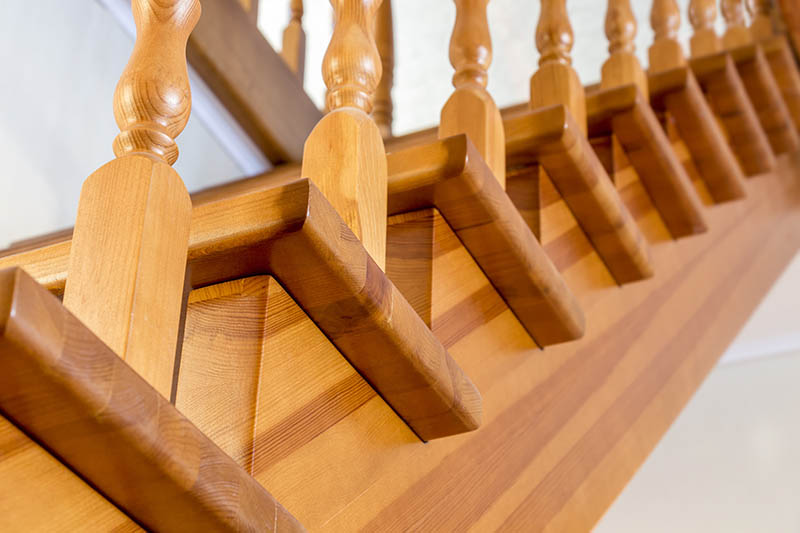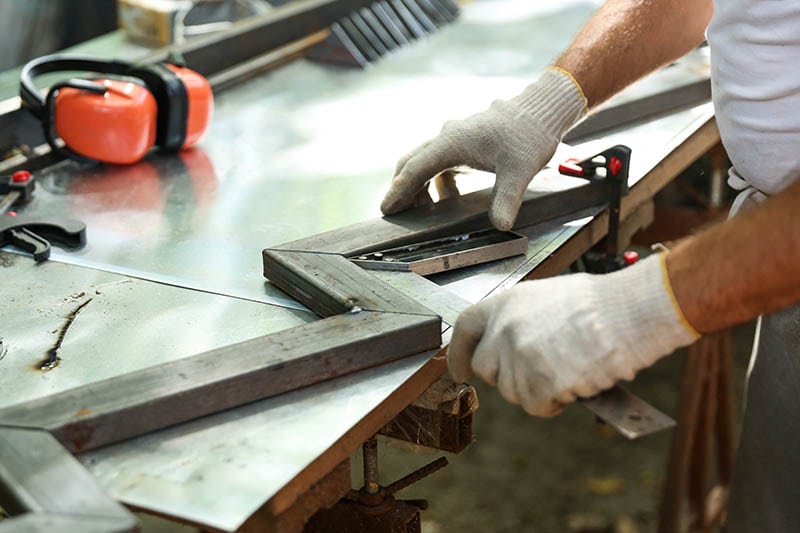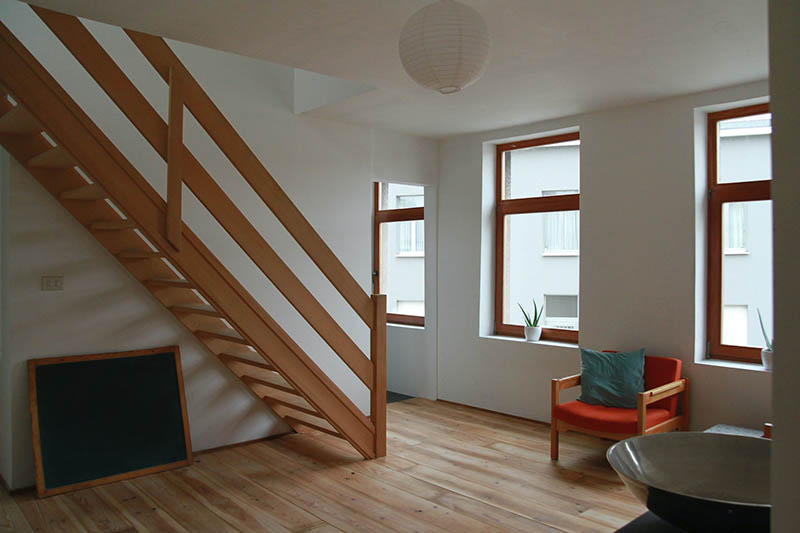4 Tips on How to Cut Stair Stringers: Everything You Need to Know
-
Codee Chessher
- Last updated:

Stair stringers are the structural backbone of any stairway, and cutting them can be a challenge if you don’t know what you’re doing. Worse, poorly made stair stringers can compromise the entire structure and cause problems down the line. Let’s check out some of the most essential tips for how to build stair stringers.
The 4 Tips for Cutting Stair Stringers
1. Take Accurate Measurements

You’ll need to have several basic measurements before you can cut your stair stringers. First, the total rise height of the stairs. Then, you’ll have to measure the total length of the stairway, which is sometimes called the rise and run.
When you’re taking measurements, we strongly recommend you have a friend or assistant double-check your measurements. If your figures are off by even a little bit, your stair stringers won’t end up the correct length.
Finally, square both the height and length of the stairway, then add them together. Find the square root of this number and you have the length of your stair stringers. This method uses the Pythagorean theorem to find the missing angle of your stairway.
2. Select Your Stringer Stock

Stringers are almost always cut from 2x12s because smaller boards can’t sustain the weight of people walking on the stairs. You want the wood to be straight-grained and without any major knots, because knots are structurally weak. Framing-grade lumber is great for stringers, but any high-quality lumber will work. Most stair stringers are 1.5in wide.
For stairways where your tread exceeds 36” in width, you’ll need four stringers to provide extra support. Other than that, you just need sawhorses, a carpenter’s square, a tape measure, and a circular saw.
3. Use Kickboards

Securing your stringers to kickboards laid against the floor will help support the load and keep the stringers fastened to the upper landing. On the upper landing, ledger boards or other supports are typically used to accomplish the same thing.
Kickboards or skirt boards are usually 9.5 inches wide and with an average thickness of ⅝ inches. Ledger boards are usually made from 2x12s, like the stringers. Check into local building codes to see if there are any rules on what specs your stairs must meet.
4. Cut Your Stringers

Your 2×12 boards should be at least a foot longer than your intended stringer length, just in case. Put a board on your sawhorses and have the stair rise height on the tongue of your carpenter’s square, and your run dimension on the blade intersecting the 2×12’s edge. You’re creating the notches where the stringers will support the treads of your stairway.
It’s difficult to explain in words, but you’re marking the repeated triangular notches in the stringer boards. To make the bottom step even, subtract the tread depth from the rise height and mark a parallel line to the right of your next step’s notch. Lastly, it’s time to make the cuts. Don your protective safety glasses and gloves and cut the notches along your stringer board.
Use your first stringer board as a template for the rest of the stringers. Depending on how wide your stairway is, you may make two to three more boards.
Conclusion
Stair stringers are one of the most crucial components in any stairway, and poorly cut or installed stringers can seriously compromise the entire stairway’s structural integrity. Carefully select the proper type of wood, take accurate measurements, and you’ll have your stairway built in no time.
Featured Image Credit: SV Production, Shutterstock
Contents

